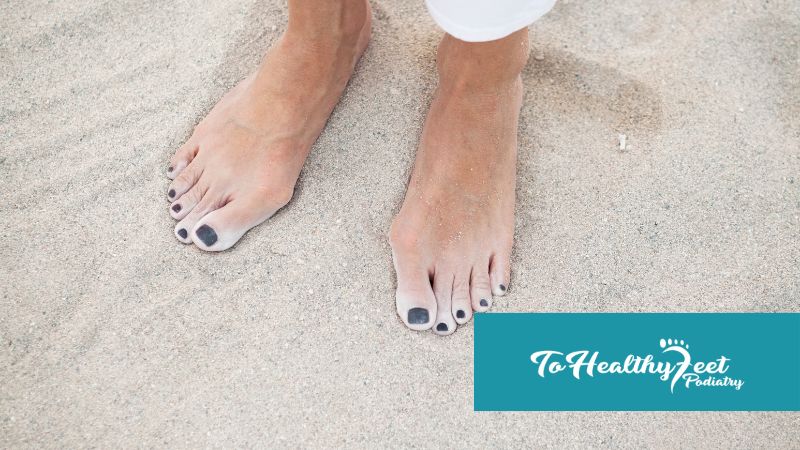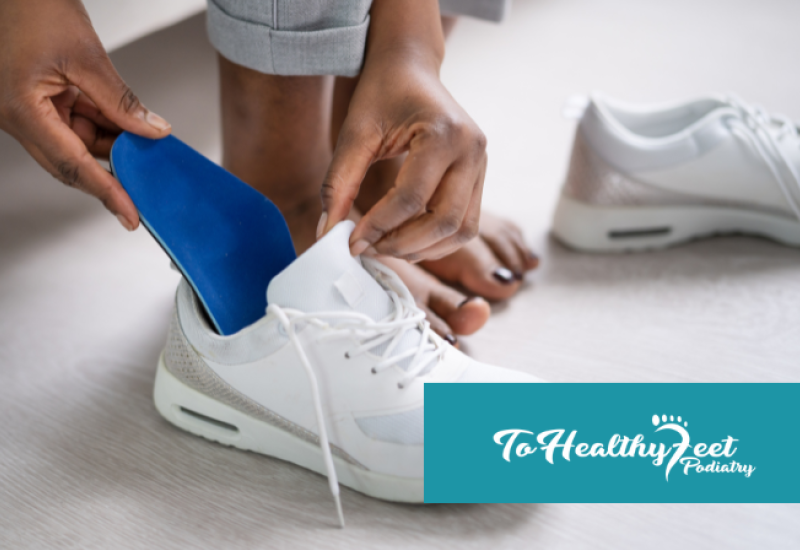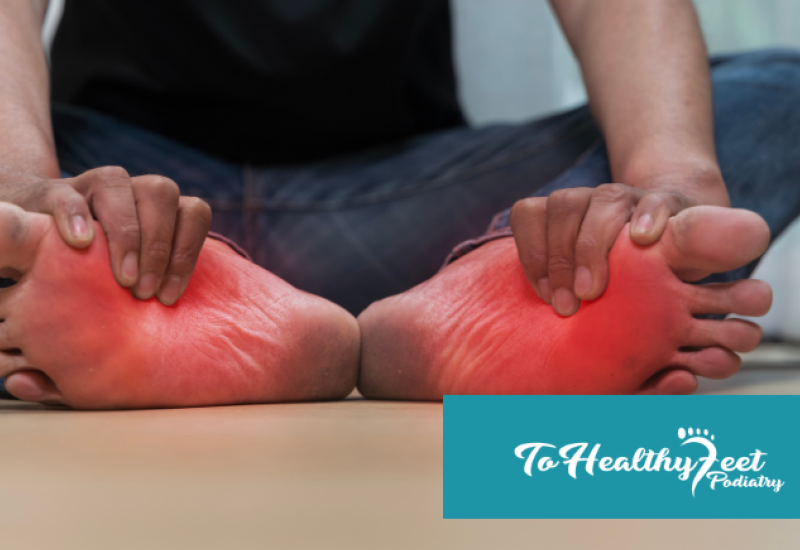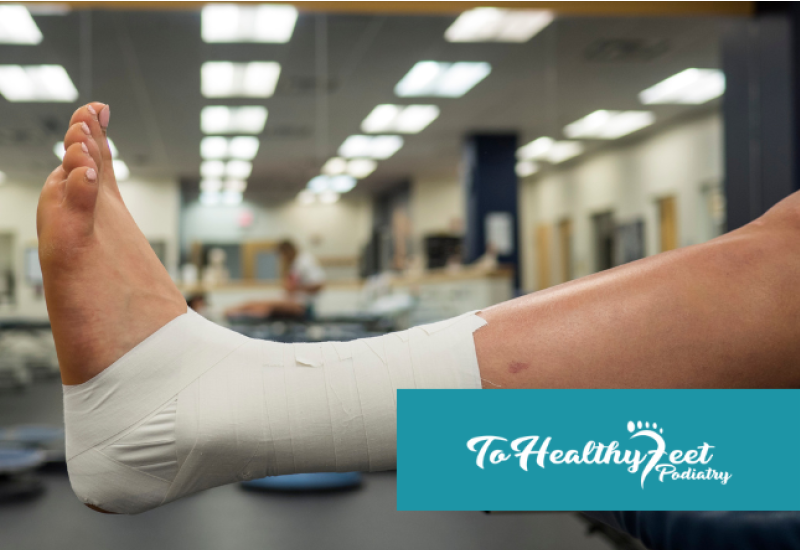Bunions can be a constant source of discomfort, impacting your daily life and making activities like walking and wearing shoes difficult. If you're experiencing bunion pain, you're not alone. Bunions are a common foot condition, particularly among women, and managing the discomfort can be challenging. The good news is that with the right approach to foot care, you can help ease the pain and reduce inflammation. Here, we’ll discuss three essential tips for managing bunion pain effectively, so you can take steps toward a more comfortable life.
1. Choose Proper Footwear
One of the most important things you can do to manage bunion pain is to wear shoes that properly support and cushion your feet. Poorly fitting shoes are one of the biggest contributors to bunion development and pain, especially high heels or shoes that are too tight in the toe area. These types of shoes push your toes together, increasing pressure on the bunion and causing more pain.
When selecting shoes, look for the following:
-
Wide toe box: Shoes with a wide toe box provide more space for your toes to move freely. This can reduce pressure on your bunion and help prevent further irritation.
-
Low heels: High heels can exacerbate bunion pain because they shift your body weight onto the front of your feet. Opt for low-heeled or flat shoes to keep pressure off the ball of your foot.
-
Cushioned soles: Shoes with cushioned insoles can absorb shock and reduce impact on your bunion as you walk, helping to ease pain and discomfort.
If you’re having trouble finding shoes that fit these criteria, you might want to consider using shoe inserts or custom orthotics, which can provide additional support and help redistribute pressure away from the bunion.
2. Apply Ice and Take Over-the-Counter Pain Relievers
Bunions often cause inflammation around the joint of the big toe, leading to swelling and discomfort. A simple yet effective way to manage bunion pain at home is to reduce this inflammation by applying ice and using over-the-counter (OTC) pain relievers.
Here’s how to use ice therapy for bunion pain:
-
Apply ice: Wrap a cold pack or a bag of ice in a towel and place it on your bunion for about 15-20 minutes at a time. Do this several times a day, especially after walking or standing for long periods, to reduce swelling and numb the area.
-
Take anti-inflammatory medications: OTC medications such as ibuprofen or naproxen can help reduce inflammation and provide relief from pain. Make sure to follow the recommended dosage, and consult your healthcare provider if you have any concerns about using these medications regularly.
While these methods won’t cure the bunion, they can offer much-needed relief from the pain and help you manage flare-ups when the discomfort becomes too much.
3. Stretch and Strengthen Your Feet
Regular stretching and strengthening exercises for your feet can help improve flexibility, reduce tension, and provide relief from bunion pain. These exercises can also help strengthen the muscles that support the arch and toes, improving overall foot function and reducing the pressure on your bunion over time.
Here are a few exercises to try:
-
Toe stretches: Sit down with your feet flat on the floor. Slowly stretch your toes apart as wide as possible and hold the position for 10 seconds. Repeat several times to loosen tight muscles around your toes.
-
Towel scrunches: Place a small towel on the floor in front of you. Using only your toes, try to scrunch the towel toward you. This exercise strengthens the muscles in your toes and the arch of your foot.
-
Toe flex and point: Sit with your legs extended in front of you. Flex your toes toward your body and then point them away. Repeat 10-15 times to improve flexibility and strengthen foot muscles.
Incorporating these exercises into your daily routine can make a big difference in how your feet feel, especially if you’re dealing with ongoing bunion pain. Over time, these stretches and strengthening exercises can help realign the toes and reduce the discomfort caused by bunions.
Managing bunion pain doesn’t have to be overwhelming. With a few simple adjustments to your footwear, regular use of ice and OTC pain relievers, and the incorporation of foot exercises, you can significantly reduce discomfort and improve your overall foot health. Remember, it's always best to consult with a podiatrist if your bunion pain persists or worsens over time, as they can offer personalized treatment options that may be more effective for your specific condition.
At To Healthy Feet Podiatry, we understand the impact bunions can have on your daily life, and we’re here to help. Our team of experienced, all-female NYC podiatrists is dedicated to providing compassionate care and helping you find the best solution to manage your bunion pain. Whether you're looking for non-invasive treatment options or need advice on long-term management, we are committed to supporting you every step of the way. Call us or contact us today!
FAQs
Q: Can stretching exercises prevent bunions from getting worse?
A: While stretching exercises can’t stop a bunion from progressing, they can improve flexibility, reduce pain, and support better foot function, which may slow worsening.
Q: Can orthotics help with bunions?
A: Yes, custom orthotics can provide extra support and help redistribute pressure away from the bunion, which may reduce pain and prevent further progression.
Q: When should I see a podiatrist for my bunion?
A: If your bunion pain persists despite home treatments or significantly impacts your daily life, it’s time to consult a podiatrist for personalized care options. Call us for more personalized information.




